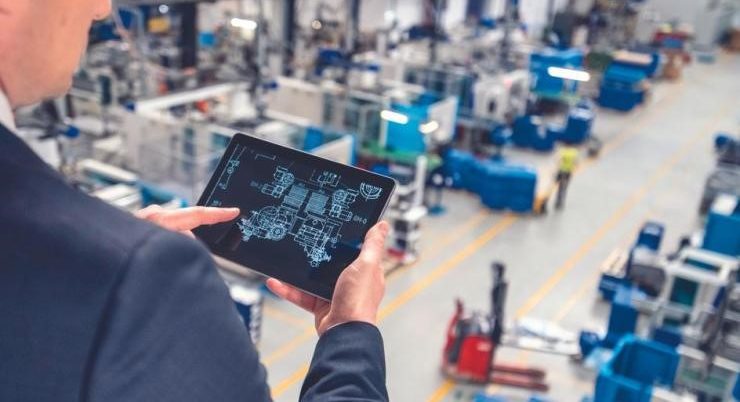Factories are becoming increasingly connected, with sensors, actuators, machines, and operator devices all demanding seamless, reliable, and low-latency communication. Traditional Wi-Fi struggled to keep up with such dense and demanding environments. Enter Wi-Fi 6 and Wi-Fi 6E the latest generations of Wi-Fi technology, designed not just for speed, but for efficiency, scalability, and resilience in tough industrial settings. With extended spectrum, better interference management, and enhanced capacity, Wi-Fi 6/6E is now well-positioned to meet the evolving needs of smart factory automation.
Wi-Fi 6: Designed for Industrial Demands
Built on the IEEE 802.11ax standard, Wi-Fi 6 supports both 2.4 GHz and 5 GHz bands, offering longer range and higher capacity compared to Wi-Fi 5. The addition of the 6 GHz spectrum under Wi-Fi 6E further boosts scalability by introducing dozens of new channels and reducing congestion.
Factory environments pose unique challenges: thick concrete walls, heavy machinery, and a growing number of connected devices that must communicate continuously with minimal latency. Wi-Fi 6 addresses these demands through features that improve efficiency, reliability, and power management, ensuring smooth operation in 24/7 industrial settings.
Key Features of Wi-Fi 6/6E for Smart Factories
- MU-OFDMA (multi-user orthogonal frequency division multiple access): Enables simultaneous communication with multiple devices, optimizing bandwidth use.
- MU-MIMO (multi-user multiple input multiple output): Supports multiple upload and download streams at the same time.
- 1024-QAM modulation: Packs more data into each symbol, boosting capacity.
- Longer OFDM symbols and guard intervals: Enhance range and resilience in harsh environments.
- BSS coloring: Reduces interference between devices sharing the same channel.
- Target Wake Time: Improves battery life for wireless sensors by allowing them to “wake” only when needed.
The 6 GHz expansion in Wi-Fi 6E, now available across the US, Canada, South Korea, and partially in Europe, further reduces congestion and doubles available capacity—critical for dense factory floors.
Real-World Benefits in Industrial Automation
- Battery-powered sensors gain extended life and reliability thanks to Target Wake Time and reduced interference.
- Control systems and actuators benefit from low latency and consistent quality of service, even when handling small but critical data packets.
- Mobile operator tools like tablets and handheld terminals experience seamless roaming and stable connectivity.
- Augmented reality (AR) devices such as smart glasses achieve higher data rates and responsiveness, supporting new digital workflows.
- Extended range ensures robust coverage across large and challenging factory layouts.
Wi-Fi Meets Bluetooth and Cellular
Looking ahead, smart factories will not rely on a single wireless technology. Wi-Fi 6/6E will coexist with Bluetooth for low-power connections and with 4G/5G cellular networks for wide-area communication. Together, these technologies create a flexible, scalable, and future-proof foundation for Industry 4.0.
(This article has been adapted and modified from content on Ublox.)







